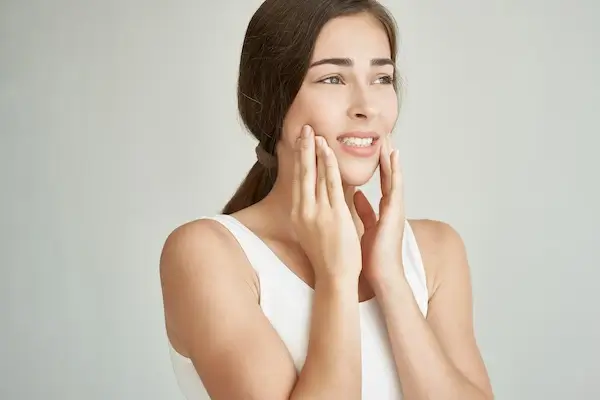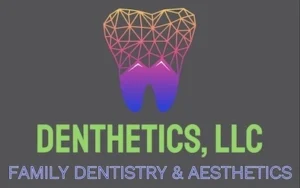BOTOX & Bruxism
BOTOX & Bruxism
 If you thought Botox was just for preventing wrinkles, think again. Developed initially as a medical treatment, Botox can significantly reduce tooth and jaw pain and dental damage caused by tense facial muscles. In addition, Dr. Felicia Mata-Stein, and her team at Denthetics, LLC are experts at using Botox to alleviate the symptoms of bruxism and other conditions.
If you thought Botox was just for preventing wrinkles, think again. Developed initially as a medical treatment, Botox can significantly reduce tooth and jaw pain and dental damage caused by tense facial muscles. In addition, Dr. Felicia Mata-Stein, and her team at Denthetics, LLC are experts at using Botox to alleviate the symptoms of bruxism and other conditions.
What is Botox?
Botox injectable is the trade name for Botulinum Toxin. Botox is commonly known as an aesthetic treatment to relieve the appearance of wrinkles and fine lines. However, since BOTOX relaxes the jaw muscles, it is also used by many dentists to treat bruxism, TMJ, and other dental issues.
How Do Dentists Use Botox?
Botox is primarily used in a dental setting to treat bruxism and its associated head, face, and neck pain.
What is Bruxism?
Bruxism is a condition in which teeth are ground, gnashed, or clenched. Bruxism is often unconscious and can occur during the day. If you ever find yourself clenching your jaw, this is a form of awake bruxism.
Bruxism commonly occurs overnight, and this is called sleep bruxism. Bruxism causes damage to teeth and pain in the muscles of the face, neck, and head. It can also interfere with a sufferer’s sleep patterns, and sometimes sleep bruxism is so loud that it wakes other people in a room or even in the house!
Common Symptoms of Bruxism
- Worn-down or chipped teeth. This dental damage can have secondary effects, including:
- Tooth Sensitivity
- Tooth Loss
- Gum Disease
- Headaches and migraines
- Earaches and ringing in the ears
- Jaw joint pain or stiffness
- Pain or stiffness in the muscles radiating from the jaw, including the neck, shoulders, and upper back
- Sleep problems, including snoring and sleep apnea
How Does Botox Treat Bruxism?
Botox relaxes the jaw muscles that control the grinding of teeth. Weakening the jaw muscles leads to less force pressing the teeth together as they clench or grind. This results in less damage occurring; however, after Botox treatment, the jaw retains sufficient strength to perform all its positive tasks, such as eating and talking.
What Happens During Dental Botox Treatment?
Botox treatment is minimally invasive and can be completed in just a few minutes. Here are the main steps:
- The dentist examines the patient’s teeth and jaw to ensure appropriate Botox treatment and then crafts a treatment plan.
- The treatment area might be numbed slightly with a topical anesthetic.
- Botox is administered by injection directly into the jaw muscles.
- The patient can leave the dental office.
How Long Do the Effects of Botox Last?
The results of Botox treatment for dental issues initially lasted about four months. Therefore, patients should return to the dentist for regular treatments to keep benefiting from the treatment’s positive effects. However, with repeated treatment, the results of Botox often begin to last longer, making it possible that a patient could eventually be able to space treatment visits to the dentist further apart.
Is Botox Safe?
Yes, medical professionals have been using Botox safely for decades. Its effects are positive, and they gradually wear off over months. When administered safely by a board-certified Aesthetic doctor, such as Dr. Felicia Mata-Stein, adverse side effects are not a concern.
Schedule A Consultation at Denthetics, LLC Today!
Call (262) 612-3807 to schedule a personalized BOTOX & Bruxism consultation in Kenosha. Dr. Felicia Mata-Stein is Board-Certified in aesthetics to provide BOTOX to patients from Kenosha, Pleasant Prairie, Somers, Sturtevant, WI and many surrounding areas. Patients travel to our Kenosha dental office from throughout Chicago for TMJ treatment with BOTOX.
